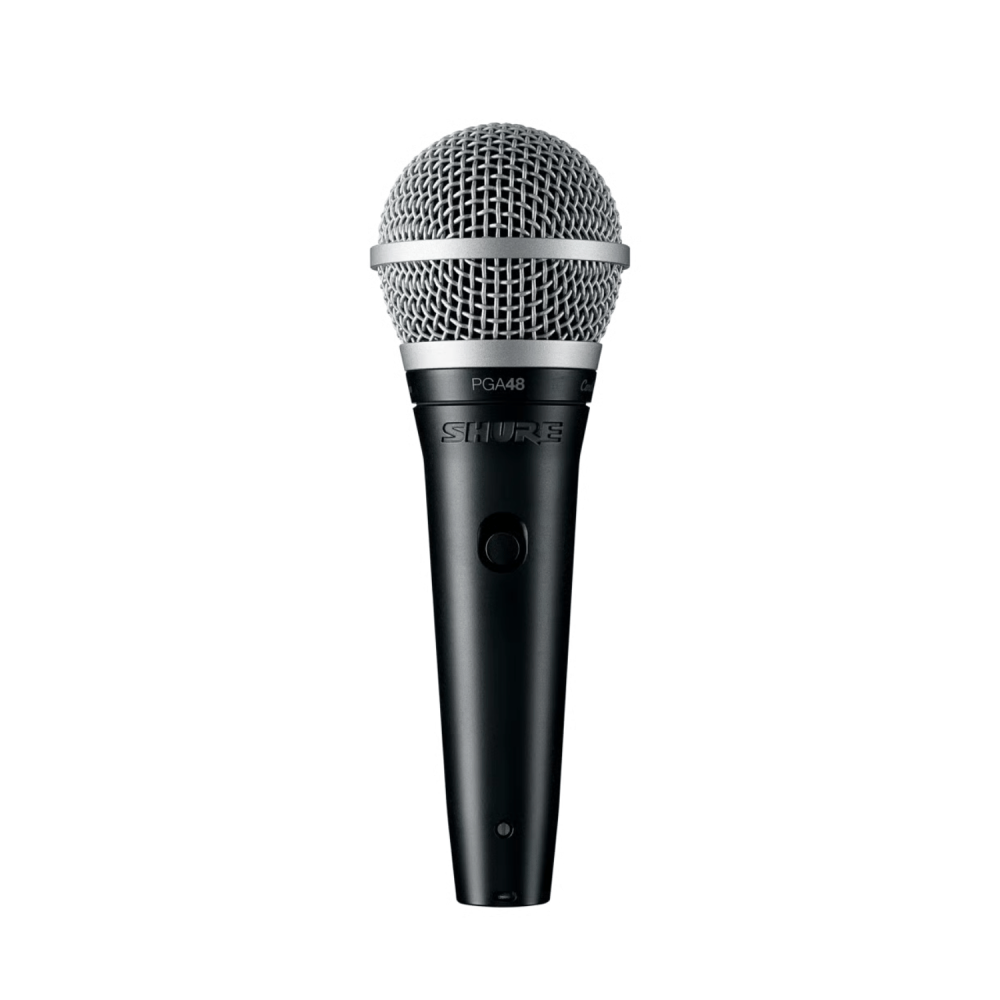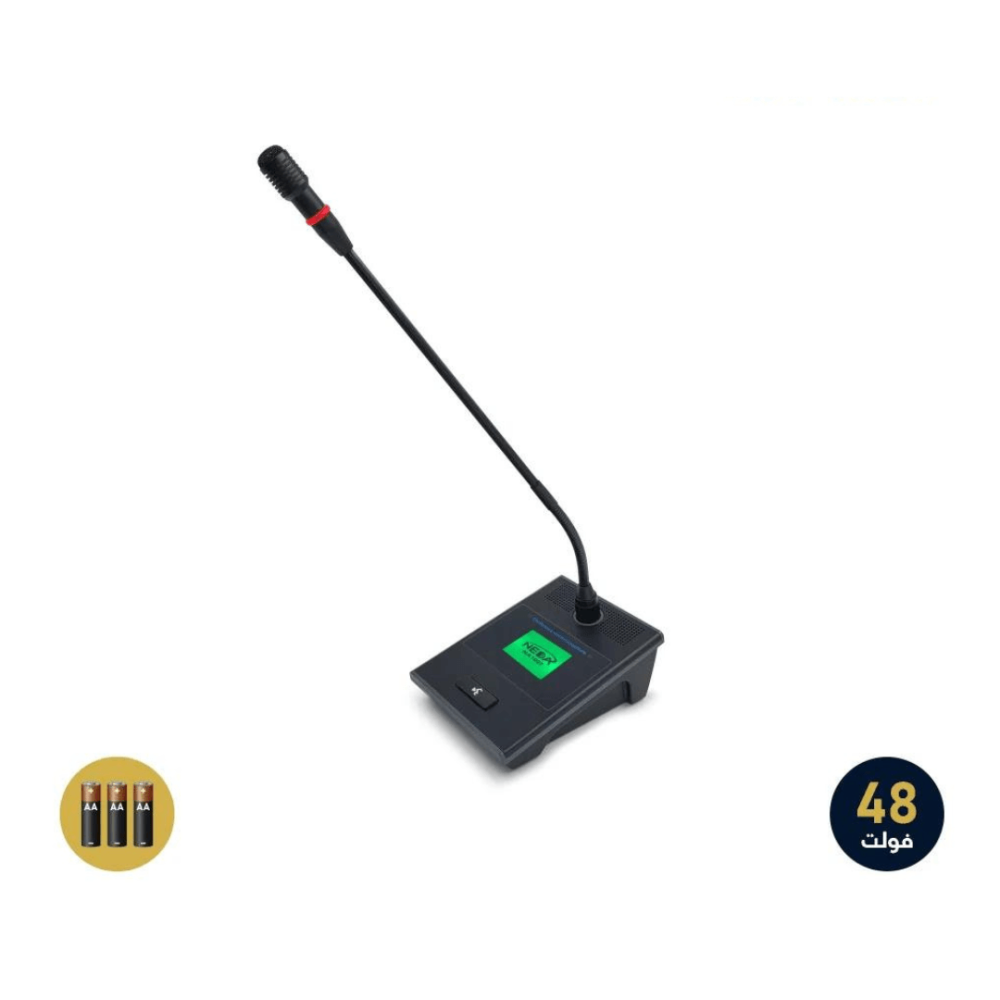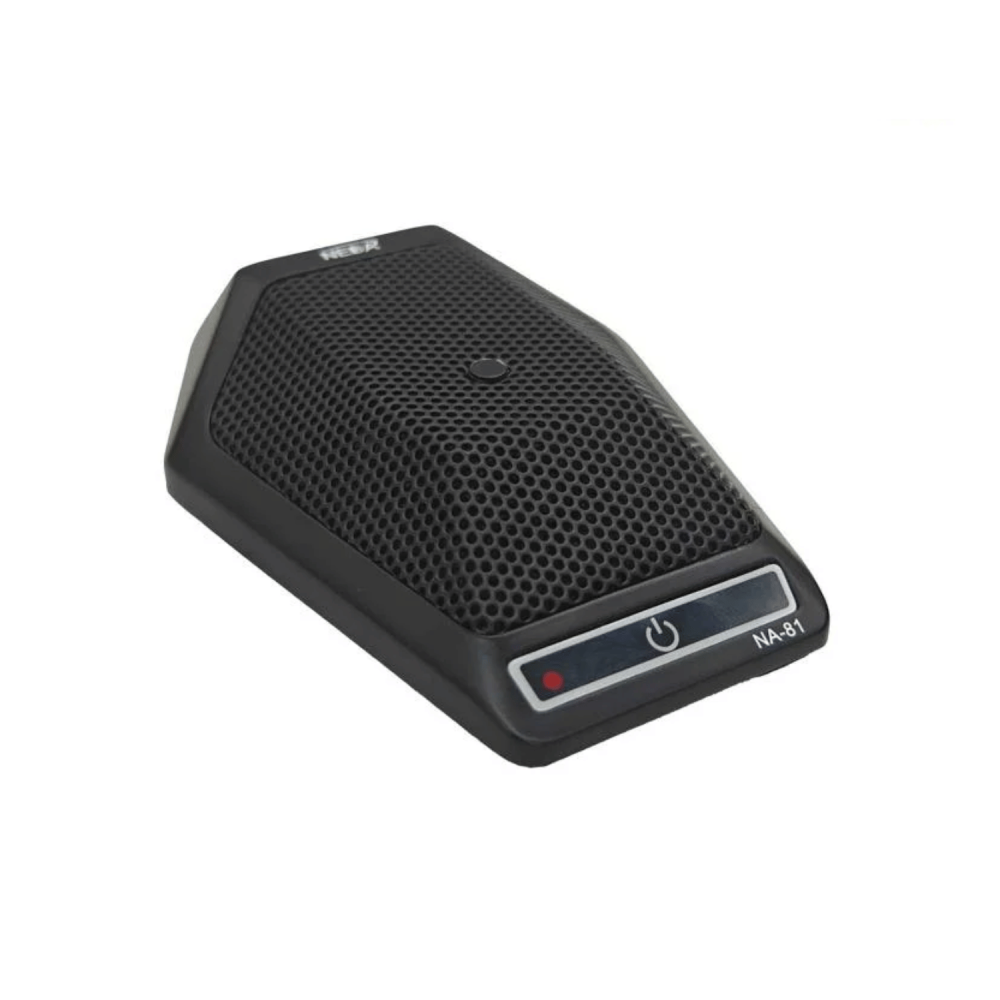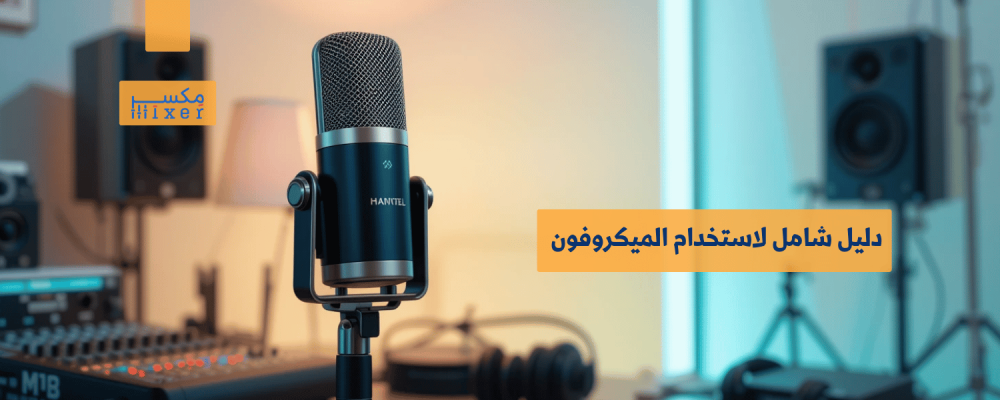A comprehensive guide to using a microphone to improve sound quality
Introduction to the article
A microphone is an essential tool for improving sound quality in different settings, from mosques to large halls. Choosing a mosque microphone or a sensitive microphone can make a big difference in the clarity and purity of your sound. In this guide, we will learn about the most important tips and products to improve your audio experience using microphones.
Main Microphone Components
- Microphone head: for high-fidelity audio capture.
- Protective net: To prevent noise and wind from affecting the recording.
- Cable or wireless: Depending on the type of microphone and its use.
- DURABLE CONSTRUCTION: Withstands long and repeated use.
- Audio sensors: clearly pick up low and high frequencies.
Uses of microphones
- Mosques: To clearly transmit sermons and the call to prayer to worshippers.
- Conferences: To ensure clear audio at large meetings.
- Audio recording: for podcasts and performances.
- Education: To support lectures and presentations.
The importance of using microphones in mosques
- Improved reverence: thanks to high audio clarity.
- Reach everyone: Distribute sound evenly throughout the mosque.
- Advanced technologies: Helps eliminate echo and noise.
Tips for Choosing the Right Microphone
- Determine your use: Choose a microphone that suits your needs whether for recording or live performance.
- Directionality: Cardioid microphones eliminate side noise.
- Operation Options: Phantom power microphones provide more flexibility.
- Quality: Make sure to choose a product that offers a high frequency response.
Advantages of modern microphones
- Noise cancellation technologies.
- Compact and easy to use designs.
- Support for wireless communication technologies.
- High sensitivity captures fine details.
Types of microphones available
1. Shure PGA48-QTR High Quality Wired Microphone

- Description:
- High performance wired microphone from Shure, designed to deliver pure and clear sound quality.
- Features:
- Durable design to withstand repeated use.
- Wide frequency response captures sound accurately.
- Long cable for freedom of movement.
- Technical Specifications:
- Microphone type: Dynamic.
- Sound direction: Cardioid.
- Length: 4.5 meters.
2. Professional desktop microphone powered by phantom power or battery

- Description:
- Desktop microphone ideal for use in mosques and meeting rooms, featuring multiple operating options.
- Features:
- Supports phantom power or battery operation.
- Comfortable office design.
- High performance in quiet environments.
- Technical Specifications:
- Sound type: Condenser.
- Power Options: Phantom Power or Battery.
- Color: Black.
3. NEDAA High Sensitivity Prostrate Mouse Microphone

- Description:
- Microphone specially designed for use in mosques, it is highly sensitive to pick up sounds.
- Features:
- Compact and easy to use design.
- High sensitivity to pick up sound.
- Ideal for use in places of worship.
- Technical Specifications:
- Microphone type: Dynamic.
- Response: High frequency.
- Cable length: 3 meters.
Related Articles
Conclusion of the article
Choosing the right microphone is an essential step to improving the sound quality in any setting, whether in mosques, large halls, or audio recordings. Products such as Shure High Quality Wired Microphone , Professional Desktop Microphone , and NEDAA Prostration Mouse Microphone offer ideal options to meet all needs. With these premium products, you can ensure clear and detailed sound, enhancing the user experience.




